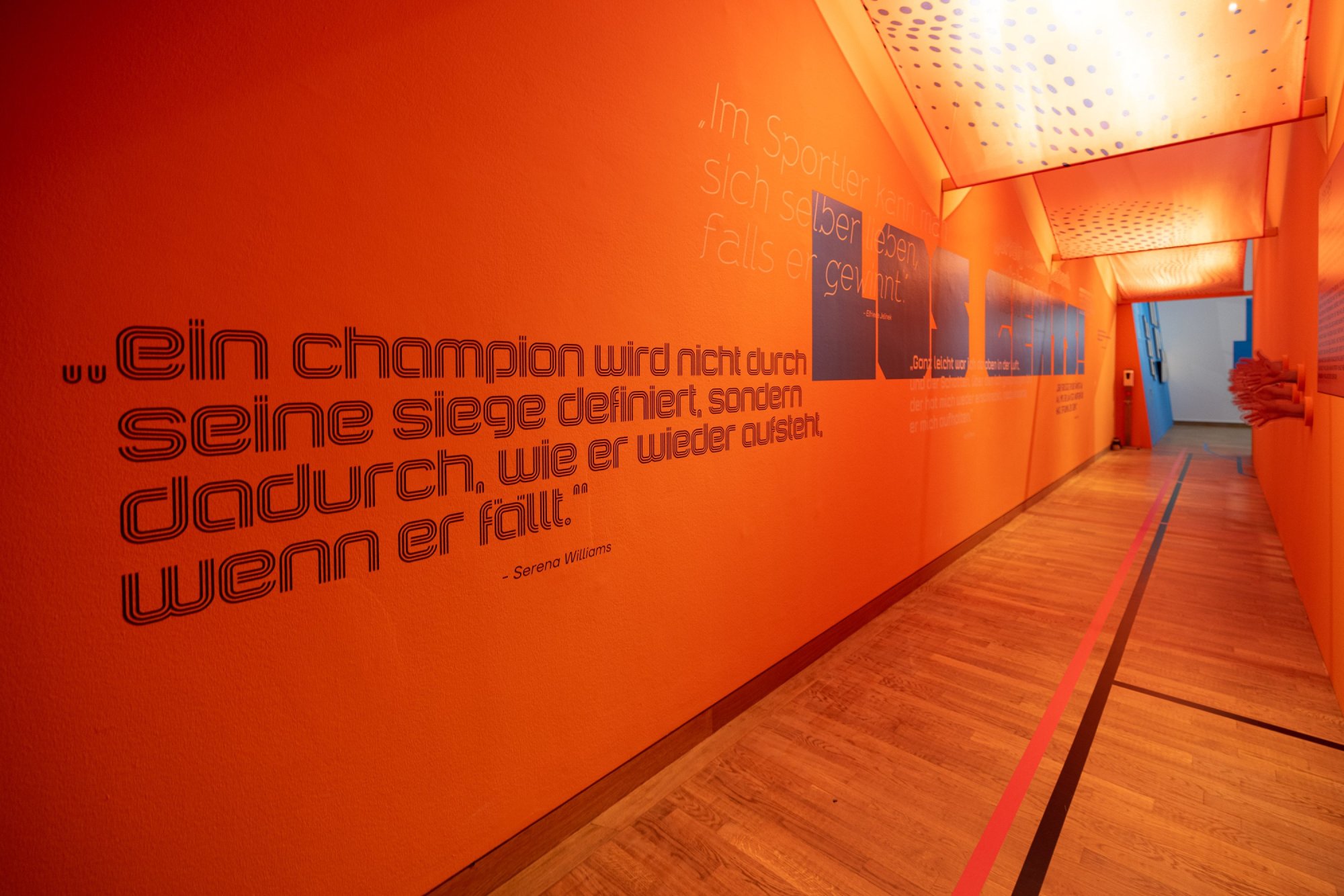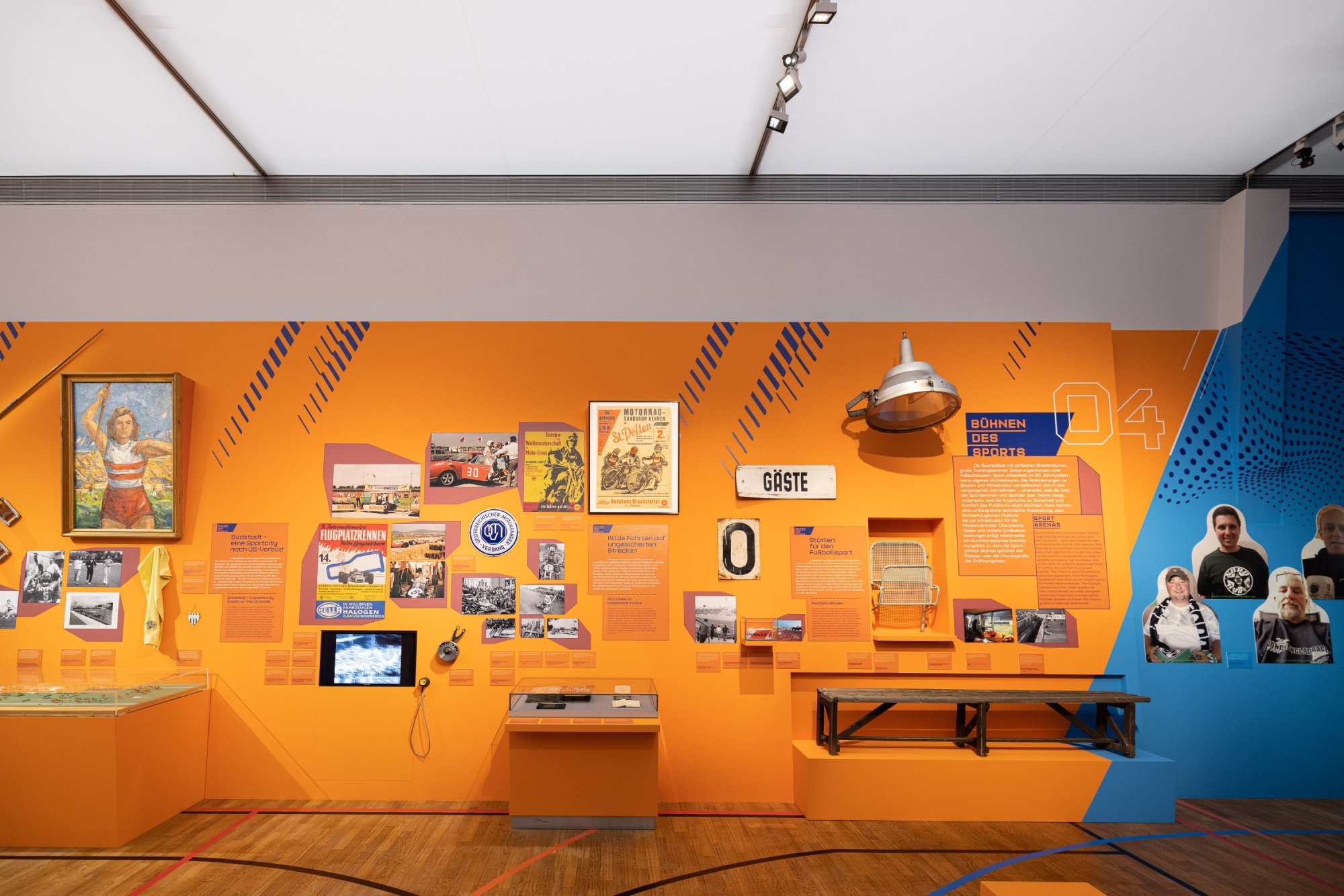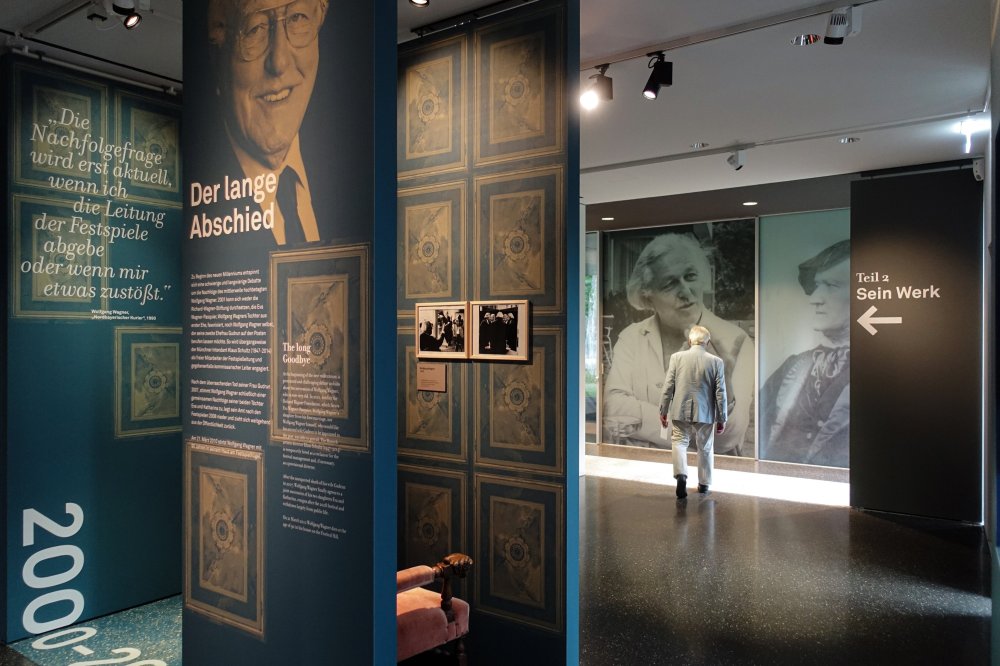In five chapters, the exhibition sheds light on the history of fascinating personalities and teams, spectacular victories and defeats. It tells of technical developments in sports and its seductive political power.
In the 1920s, sports became a mass phenomenon. The eight-hour workday brought more leisure time, allowing more people to engage in sports. The new radio broadcasted competitions into living rooms, and the athletic body became a much-photographed ideal of beauty. Sports served health policy but were also politically exploited by authoritarian regimes. Only after World War II did a more liberal approach to sports prevail. Today, television and the internet stage the battle for records and entertain millions of viewers. This is also why sports have now become big business.
Sports mean, above all, getting active. Therefore, one-third of the exhibition space invites visitors to participate: seven interactive stations allow them to test their skills and athletic talent, such as trying out skiing in a slalom or working as a sports reporter.
The exhibition is designed as if visitors were taking on the role of athletes. They are greeted by some fans before entering the exhibition, and upon stepping into a narrow corridor, they can high-five the museum staff.
In the "Exhibition Arena," running tracks lead the "athletes" to the topics. Slightly slanted side walls, filled with countless exhibits, resemble spectator-packed stands. In the central area, surrounded by the tracks, technical sports equipment is displayed.
But the visitors are not yet at the end of their journey. Now they must muster their last bit of strength to demonstrate their athletic skills. Seven "training stations" can now be tried out, ranging from balance and jumping exercises to cycling and skiing, as well as football commentary and a selfie station with famous Lower Austrian athletes. Finally, they cross the finish line. The exhibition feels very dynamic, even though only two colors, blue and orange, were used. The graphic design is reminiscent of the semiotics of sports language. The staging was created with elements from the world of sports.


















